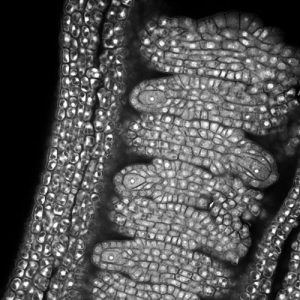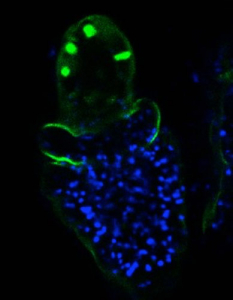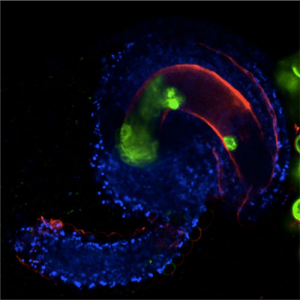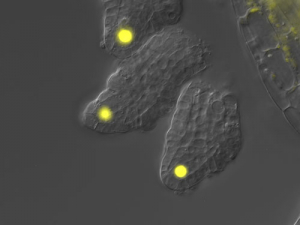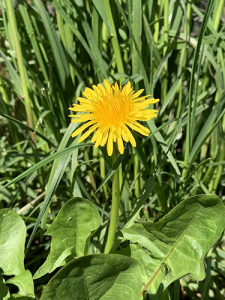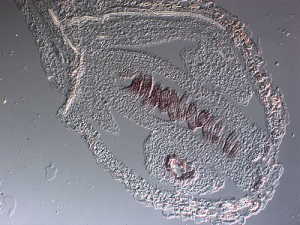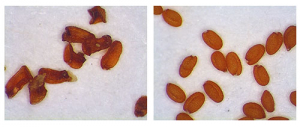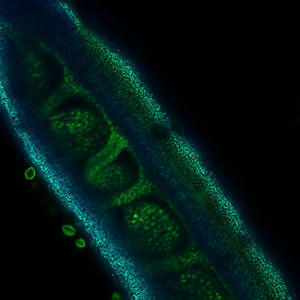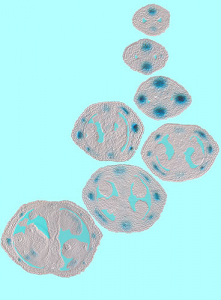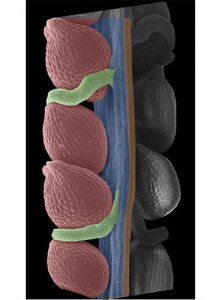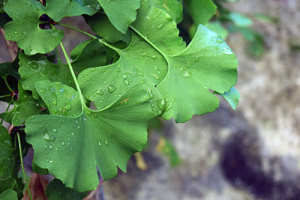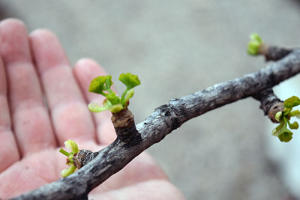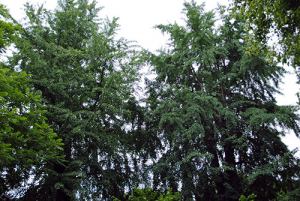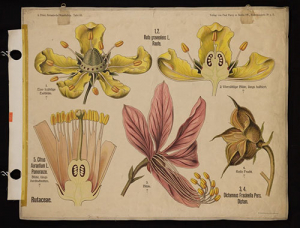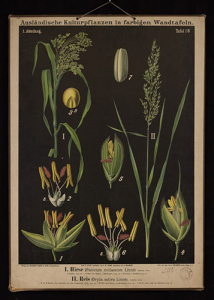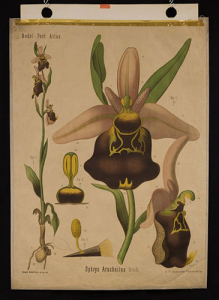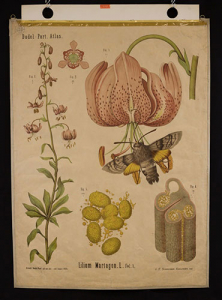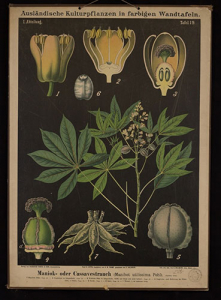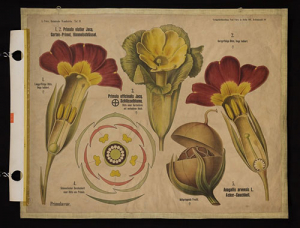RESEARCH TOPICS
Ovule development and female germ line formation
Seeds account for the vast majority of calories consumed by humans and are the source of high-added value products like proteins and oils. Seed formation is the culmination of a series of developmental processes like female germline identity acquisition, ovule development and fertilization. Therefore, the study of these developmental processes is very important because they influence directly the seed production and consequently have an impact on human needs. In this frame, we mainly focus our investigations on understanding the factors that control ovule development and female germline differentiation using the model species Arabidopsis thaliana. At present, we have several ongoing projects dealing with the control of ovule development and female germline differentiation both at the transcriptional and epigenetic level. Furthermore, we study the role of the phytohormones auxin and cytokinin during gametogenesis and fertilization.
Responsibles: Marta Mendes, Silvia Manrique
Members: Giada Callizaya, Riccardo Ciminaghi
Network controlling sexual and asexual seed development
It is estimated that feeding the world population in 2050 will need a sustainable duplication of the agricultural yields. An important contribution to this objective can be given by introducing apomixis in crop plants. Apomixis is a natural occurring process by which plants produce asexually seeds, which are genetically identical to the mother plant. Successful introduction of apomixis into crops would enable the instantaneous fixation of the characteristics of the best performing plants and it would allow the fixation of heterosis in F1 hybrids leading to efficient and consistent production of high-quality seeds, fruits, and vegetables.
Apomixis is a relatively rare phenomenon and does not naturally occur in major crop species. Harnessing such a complex biological phenomenon requires an in-depth understanding of plant genetics, molecular and developmental biology and the use of advanced technologies. Our apomixis research focuses on the crucial process of meiosis during megasporogesis, using biological systems including the sexual plant model species Arabidopsis thaliana and the apomictic species Taraxacum officinalis.
Responsibles: Mara Cucinotta, Rosanna Petrella
Members: Letizia Cornaro, Flavio Gabrieli
Gynoecium, fruit and seed development
This team aims to decipher mechanisms that govern gynoecium, seed and fruit development in the model plant Arabidopsis thaliana, and to translate this information into key crops of agronomic interest. Our main interests in this field are:
– Communication mechanisms between seed compartments and seed-fruit crosstalk. We study multiple aspects: ROS signalling, hormonal pathways, transcriptional and epigenetic regulation, and genomic imprinting.
– Mechanics of morphogenesis in reproductive structures in plants. Using a combination of biophysical and modelling approaches in collaboration with the physics team (Prof. Mantegazza lab-Univ. Milano Biccoca, Italy) we are studying how mechanical signalling is regulated within different developing plant organs.
– Reproductive barriers in Arabidopsis thaliana. We study mechanisms underlying the formation of polyploid plants and their consequences for plant evolution. We are interested in understanding the hybridization process and the mechanisms that establish interploidy hybridization barriers (the triploid block), the parental conflict and speciation mechanisms. We use Arabidopsis thaliana accessions as a model system. We collaborate in this project with Prof. Spillane, Galway University, Ireland.
-Hormonal regulation of the development of reproductive structures. In collaboration with lab of Prof. Stefan de Folter and Nayelli Marsch-Martinez CINVESTAV institute of Irapuato, Mexico; Prof. Ondrej Novàk of Palacký University Olomouc, Czech Republic.
Responsibles: Maurizio Di Marzo, Ignacio Ezquer
Members: Vivek Vijay, Camilla Banfi
Evolutionary conservation of reproductive structures in plants: from Ginkgo biloba and Nymphaea to Arabidopsis
We are studying the evolution of the molecular mechanisms that control the differentiation of flowers and the fruits, reproductive organs that have guaranteed angiosperms their unprecedented reproductive success. We especially focus on floral development, the dispersion of seeds, the maturation and dehiscence of the fruits and the evolution of genetic regulation and genomic imprinting controlling fertilization. In this project we are collaborating with different botanical research teams in order to functionally compare different plant systems including Nymphaea coerulea (Nymphaeales), a basal angiosperm; Ginkgo biloba, (Gymnosperm); and Arabidopsis thaliana.
Responsibles: Maurizio Di Marzo, Ignacio Ezquer
Members: Vivek Vijay, Camilla Banfi
Restoration of herbarium
The Herbarium Universitatis Mediolanensis (from here on, called HbMI) is part of Città Studi Botanical Garden (in charge of Biosciences Department). The HbMI is an important heritage mainly composed of herbaria collections and other historical collections, i.e. wall charts and xylotheques dating around the 19th and 20th Century and more recent specialized herbaria. It consists of tens of thousands objects that show research and educational practices over time. During the past decades, the changes in training methodologies and research approaches provided a loss of interest towards the historical collections that have risked to be dispersed, also due to inappropriate conditions of preservation. Since 2017, a multidisciplinary team including botanists carried on several projects of restoration and valorisation of this heritage, which can still play an important role as a useful scientific instrument of research and education in plant systematics and plant anatomy for botanists, but also for historians of botany, historians of education, and conservation scientists working on the preservation and promotion of cultural heritages.
Responsibles: Elisabetta Caporali, Enrico Sala, Antonella Testa, Marco Caccianiga.

